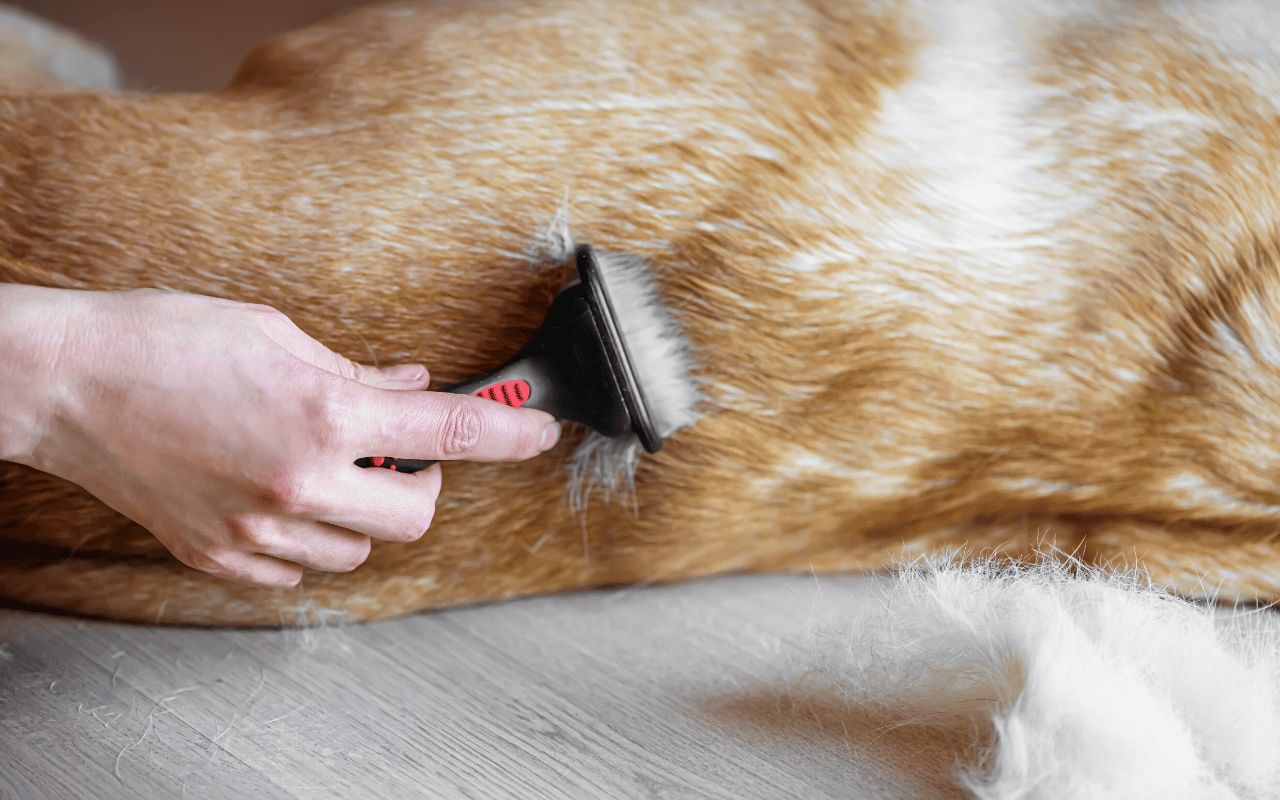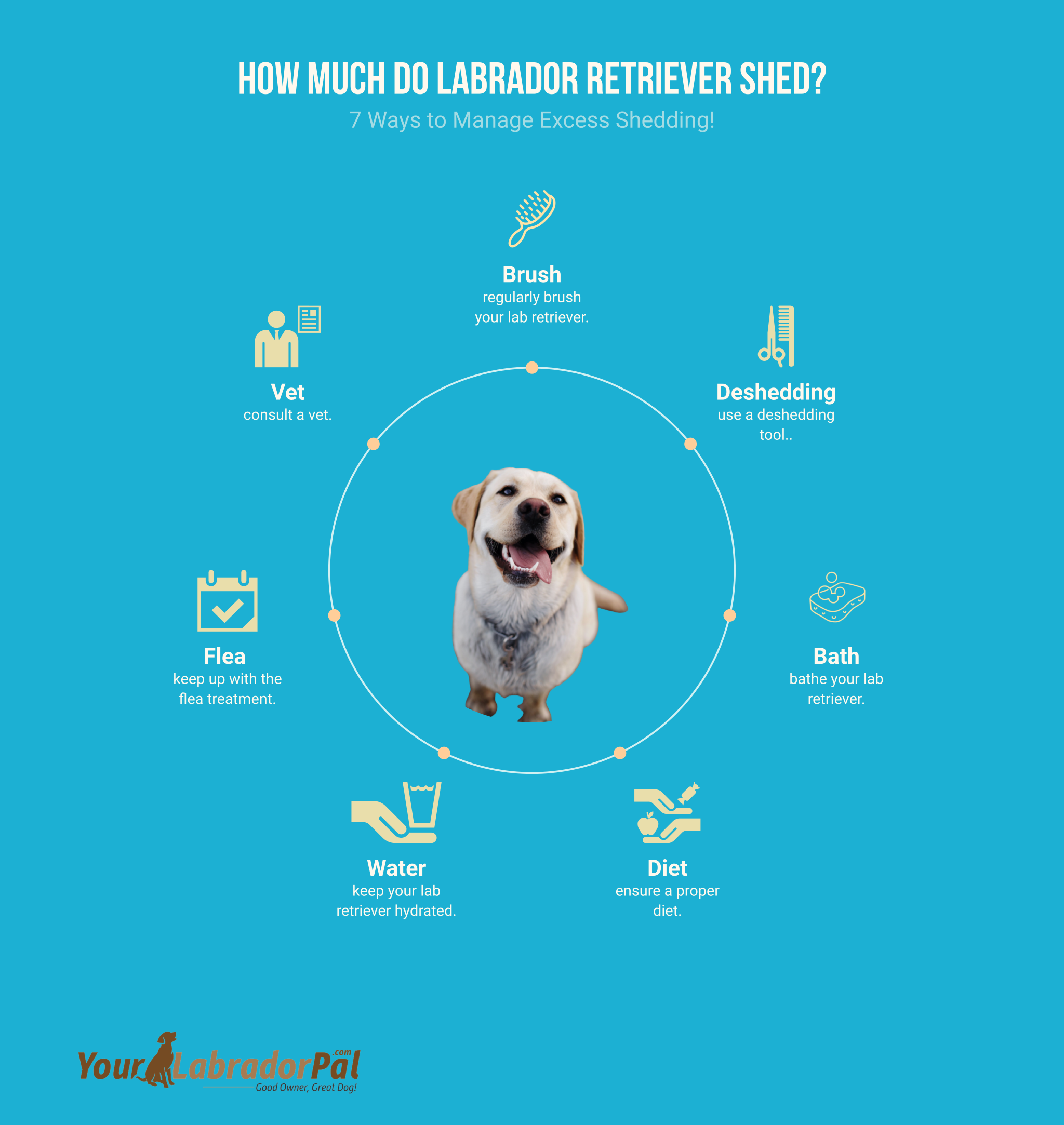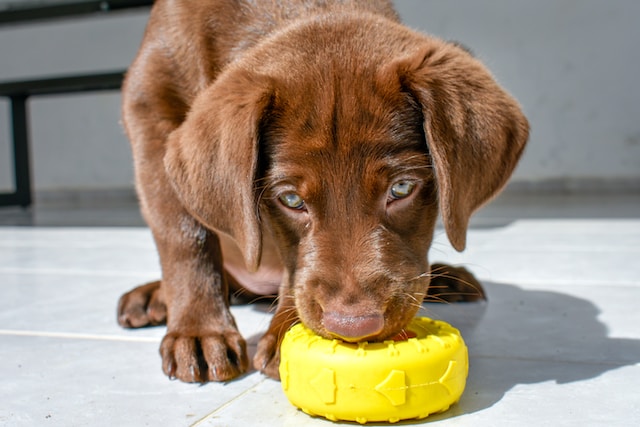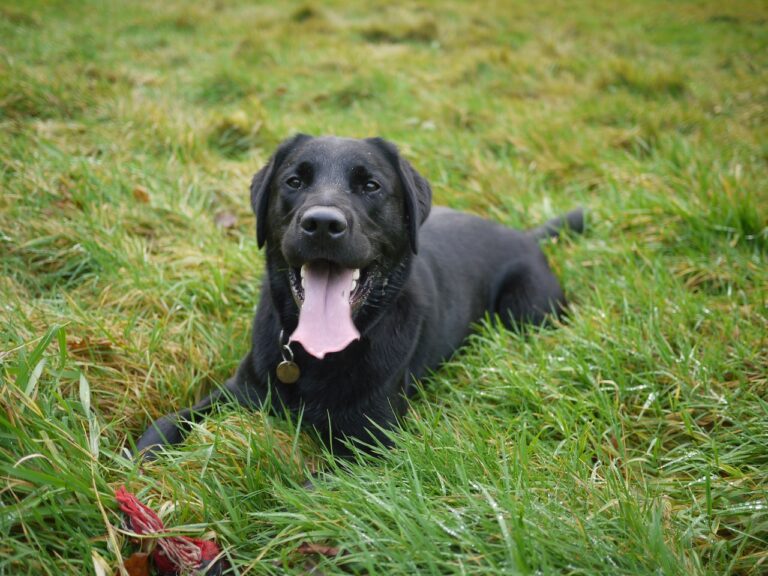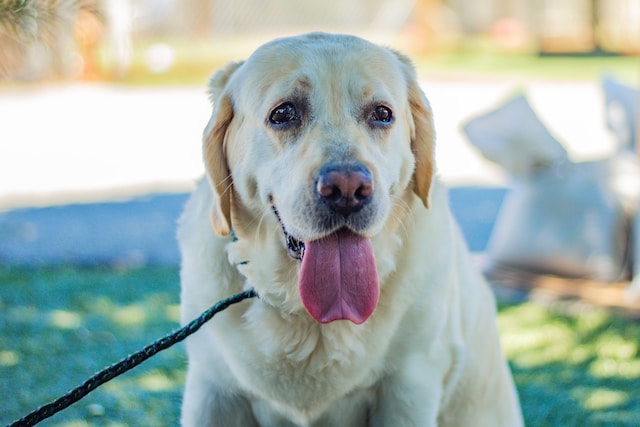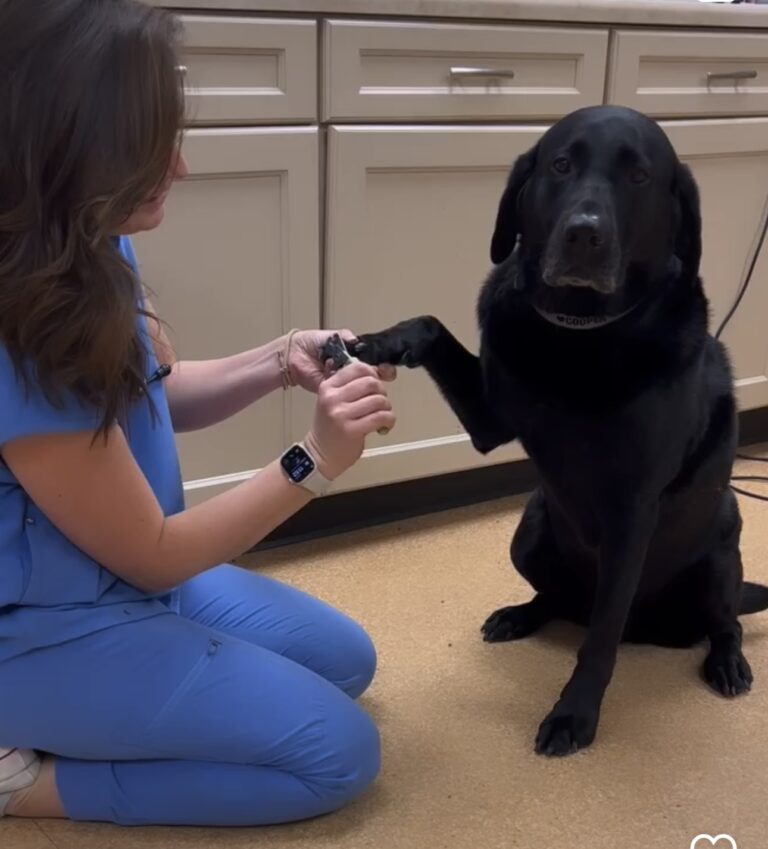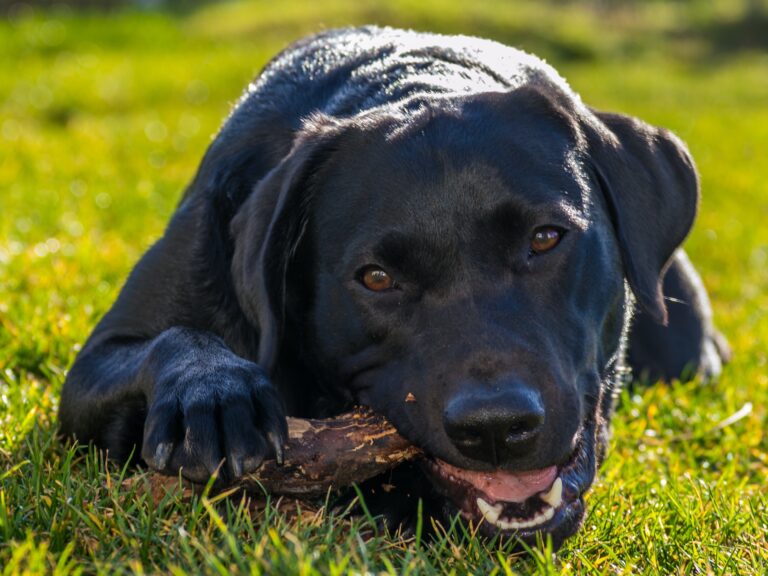How Much do Labrador Retriever Shed? A Grooming and Care Guide
Labrador retrievers are famous for their lively and joyful personalities and luscious fur! And since they’re such hit pets, those who want to adopt one might wonder — how much do Labrador retriever shed?
A Labrador retriever will shed throughout the year, often during winter and summer. These are the seasons when this breed changes its coat, keeping it adapted for the climate. But you can expect your lab retriever to shed some fur year-round.
See how much Labrador retrievers shed and how you can manage it.
Understanding the Labrador Retriever Coat
Labrador retrievers sport a double coat consisting of a top layer of hair and an undercoat. Generally, a lab retriever grows the former via genetics, acting as a protective layer. Meanwhile, the latter helps keep your Labrador retriever warm during the colder months. And the combination of these layers gives your lab retriever a potent barrier!
But because of that, Labrador retrievers tend to shed more often than other medium-haired breeds. After all, all that dense fur has to go somewhere! And depending on your location, your lab retriever will likely go under two shedding events — blowing their top coat.
So, as awesome as your lab retriever’s coat is in protecting your furry friend from fluctuating temperatures, it can be challenging to manage. Hence, you’ll need to learn precisely how much your Labrador retriever sheds — and how you can handle it.
What Causes a Labrador Retriever to Shed?
Due to their medium-length coats, shedding is inevitable for any Labrador retriever. And the best way to manage your lab retriever’s shedding is by knowing the factors that make your dog shed! Discovering what makes your Labrador retriever’s fur fall off is crucial if you want to know how to help.
Here are common factors that lead to usual Labrador retriever shedding:
✂️ Temperature Fluctuation
The likeliest reason why your Labrador retriever is shedding is temperature fluctuation. It helps your Labrador retriever sport a new coat to protect it from the cold. Or shed off the excess fur to help this furry dog stay cool during the hotter and scorching months.
So, if you see your Labrador retriever shedding during summer or winter, you needn’t worry! After all, it’s normal for these furry and lively dogs.
✂️ Dehydration
Dehydration is a common cause of excess shedding in Labrador retrievers. After all, once this breed doesn’t drink enough water, it’ll experience poor oxygen and blood flow into its organs and tissues. And, of course, this includes the lab retriever’s skin. What happens if a dog’s sink doesn’t receive enough blood and oxygen flow? Shedding!
Therefore, always prepare a bowl or two of water for your Labrador retriever to keep it hydrated.
✂️ Stress and Anxiety
Excess stress and anxiety can make a Labrador retriever’s fur thinner and fall off. Hence, if you see your lab retriever showcasing signs of either, it might be the cause of its excess shedding. And you need to address this fast, as it can lead to more medical concerns for your dog!
Here are possible scenarios why your dog might be stressing out or anxious — and excessively shedding:
- You’ve moved houses, forcing your lab retriever to adapt to a new and strange environment.
- Acting overly nervous in certain areas, like the vet or doggy park.
- Displaying immense fear, such as when confronting unfamiliar canines.
Fortunately, since Labrador retrievers are incredibly friendly and happy, you don’t need to worry about your dog getting stressed or anxious often. After all, they’re joyful pups who love socializing with humans and animals alike!
✂️ Parasitic Infection
Due to their medium-length coat and luscious fur, Labrador retrievers have become vulnerable to parasitic infections. Specifically, this breed is prone to external parasites, such as fleas — often leading to excess shedding! These parasites lodge into a lab retriever’s coat, causing extreme irritation and itchiness.
What do Labrador retrievers do when something itches? They scratch it — a lot! And this can be problematic as your lab retriever may scratch itself until it bleeds. Therefore, stay updated with your dog’s flea treatments and have it checked with the vet ASAP once you suspect it has fleas.
Staying on your feet can help you stop your Labrador retriever from succumbing to fleas.
✂️ A Poor Diet
Labrador retrievers can develop unhealthy skin when they don’t receive enough nutrients. Since these dogs’ skin won’t be able to promote healthy hair growth, you may see patches in their coat. And this will eventually lead to excess shedding.
Besides developing unhealthy skin, a lab retriever with a poor diet also becomes vulnerable to many diseases and illnesses. And with a compromised immune system, promoting healthy fur growth is impossible.
Therefore, ensure your Labrador retriever receives a well-balanced and nutritious diet. I recommend feeding your lab retriever with high-quality kibble every day. And for added nutrition, throw in a few healthy treats now and then.
Generally, Labrador retrievers should have a diet complete with vitamins, proteins, minerals, and healthy fat. If you need help deciding what to feed your lab retriever, consult your vet about developing the perfect plan for your dog!
✂️ Health Issues
But excess shedding during odd times of the year may indicate a medical condition affecting your Labrador retriever’s skin and coat. So, if you see your lab retriever blow its coat beyond its molting season — it might be sick!
Although many health issues can make your Labrador retriever shed more than usual, here are common ones to watch out for:
- Hypothyroidism. This medical phenomenon can weaken your Labrador retriever’s fur and roots. Eventually, it forces your dog to shed until it loses all its hair! Luckily, hypothyroidism isn’t prevalent in larger breeds like the Labrador retriever.
- Underdeveloped hair follicles. This congenital condition forces your lab retriever’s hair follicles to halt in development. And this can lead to excess hair loss, patches, and frequent shedding.
- Cushing’s disease. If your Labrador retriever has a benign tumor, it can develop this medical condition. And since it affects the dog’s pituitary gland, it forces it to produce more cortisol than usual. And with this, your lab retriever may lose fur in the process!
- Skin trauma. It refers to fungal or bacterial infections affecting your Labrador retriever’s skin.
If you think your Labrador retriever’s excess shedding hails from any of these health issues, consult a vet ASAP! They can see which specific condition affects your lab retriever’s problematic shedding and hair loss — and provide the proper treatment.
How Much Do Labrador Retriever Shed?
A Labrador retriever sheds year-round thanks to its thick double coat. Since this breed has a top layer and an undercoat, expect to deal with scattered hair around your home, car, couch — or anywhere your lab retriever goes!
But no matter how much do labrador retriever shed, grooming and care should be manageable.
After all, Labrador retrievers only shed the most during molting season. And it’s only at this time you’ll be handling ample fur. Otherwise, your lab retriever should only be shedding a little off-season.
Regular brushing and bathing allow you to manage your Labrador retriever’s shedding without issues.
What Can I Do to Manage a Labrador Retriever’s Shedding?
Regardless of how much your Labrador retriever sheds, it should be manageable. After all, there are several foolproof ways to handle your lab retriever’s shedding:
✔️ Brush Your Labrador Retriever’s Top Fur Layer and Undercoat At Least Twice a Week
Brushing its coat is a foolproof way to prevent your Labrador retriever from shedding too much. It’s best to do this daily to keep your lab retriever’s fur thick and healthy. But if not possible, brushing your Labrador retriever’s coat twice a week should do.
Moreover, brushing your Labrador retriever helps better distribute your dog’s skin oils. And with better distribution, your lab retriever should be able to enjoy healthier coat growth over time.
I suggest using a slicker brush equipped with a de-shedder or undercoat rake. These specialized brushes guarantee a healthier coat for your Labrador retriever! And the added rakes help remove the bulk of “dead” hair around your lab retriever’s body before they fall off.
When brushing your lab retriever, be mindful of the thinner parts, such as its belly and tail. Too much force may irritate your dog’s skin, prompting more shedding.
But remember not to “overbrush” your Labrador retriever, as it can weaken your dog’s roots. And this can lead to excess shedding over time.
✔️ Grab Your Deshedding Tool to Work Better On Your Lab Retriever’s Coat
Make your daily or weekly brushing more beneficial by using a de-shedding tool on your Labrador retriever. It helps you brush through your lab retriever’s thick and luscious double coat, penetrating the breed’s fur well — and promoting healthier hair growth!
As convenient as regular dog brushes are, these aren’t usually strong enough to go through a Labrador retriever’s thick fur. After all, most can only reach the breed’s topcoat debris, leaving the undercoat untouched.
✔️ Bathe Your Labrador Retriever Using Top-Quality Shampoo
Bathing is a harmless and efficient way of reducing a Labrador retriever’s shedding. Generally, this playful breed only needs to bathe once to twice every 3 to 4 weeks. And since you won’t be cleaning your lab retriever often, make the most out of it using quality dog shampoo.
It’s best to use a dog shampoo jam-packed with moisturizing properties to promote better hair growth and reduced shedding for your lab retriever. After all, the added moisturizing components keep your Labrador retriever’s skin healthy, promoting more fur growth!
So, as tempting as it is to grab your shampoo, remember, it’s made for humans and can be dangerous for your Labrador retriever! What’s safe for you can harm your lab retriever, drying out its skin and fur.
✔️ Give Your Labrador Retriever a Proper Diet
The healthier and more balanced your Labrador retriever’s diet is, the better its skin and coat will be. And with healthier hair growth and elastic skin, your dog will shed less. Hence, picking the proper dog food for your lab retriever is essential!
The primary nutrients to look for are healthy fatty acids alongside vitamins and minerals — promoting healthier coat growth — reducing shedding!
But note that giving your lab retriever a proper diet isn’t foolproof, and your dog may still shed a lot. Still, it’s better to give your Labrador retriever healthier sustenance for better hair and health overall!
✔️ Keep Your Lab Retriever Hydrated
Dehydration is among the leading causes of excess shedding in Labrador retrievers. After all, the lack of water can dry up the breed’s skin. Therefore, remember to leave a bowl or two of water for your lab retriever to drink — keeping its coat healthy!
You can train your Labrador retriever to consume more water by rewarding it each time it goes for a drink. Also, you can entice picky lab retrievers to drink more water by adding flavoring to their drinks. Popular flavors for this breed include chicken broth or bone!
✔️ Keep Your Lab Retriever Updated with Its Flea Treatment
Parasitic infections are common causes of excessive shedding and hair loss in Labrador retrievers. Hence, keeping up-to-date with your lab retriever’s flea treatments is essential! And though it won’t permanently reduce your dog’s shedding, it can stop your Labrador retriever from over-scratching itself.
Although scratching may seem harmless, overdoing it can pull out more fur! And this can irritate your Labrador retriever’s skin, causing excess shedding.
✔️ Consult a Professional and Trained Vet for Your Labrador Retriever’s Excess Shedding
If you’ve tried all remedies and your Labrador retriever is still shedding, bring your dog to the vet ASAP. After all, your lab retriever might have underlying issues causing the excess hair loss. And as tempting as it is to combat shedding by shaving your Labrador retriever — don’t do it!
Shaving your Labrador retriever’s fur off will only lead to more problems, making your dog vulnerable to many illnesses and diseases.
Frequently Asked Questions
Q: How often does a medium-length coated Labrador retriever shed?
A: A Labrador retriever sheds moderately but quite often throughout the year. This breed sheds its fur mostly in two seasons (winter and summer) annually — lasting 2 to 3 weeks. Its frequent shedding helps the Labrador retriever adjust its coat in any weather!
Q: During what time does a Labrador retriever shed the most?
A: Labrador retrievers shed the most during late summer to spring and winter. It lets them adjust their coat for the climate, keeping the furry dog comfortable. For instance, a lab retriever sheds in the winter to get a new layer of fur to protect it against the harsh cold. Meanwhile, it sheds off its extra hair during the summer or spring to cool off.
Q: How can I stop my Labrador retriever from shedding too much fur?
A: Regularly brushing your Labrador retriever can prevent it from shedding too much. And it’s best to brush your lab retriever at the peak of its molting season to condition its fur best. Aside from that, occasional baths can help loosen shed hair too! But bathe your Labrador retriever sparingly, as it can damage its fur over time.
Q: How often should Labrador retrievers bathe to stop shedding?
A: Bathing a Labrador retriever every 4 to 6 weeks minimizes its shedding while keeping its fur healthy and luscious! Avoid overbathing your lab retriever, as it can dry up its skin, worsening its shedding issues. Therefore, only give your Labrador retriever additional baths when necessary!
Q: Is it possible to stop Labrador retrievers from shedding?
A: Labrador retrievers may never stop shedding due to their medium-length coats and natural adaptation to the weather. It keeps their fur in the best condition for the current climate, protecting your lab retriever. At most, you can reduce your lab retriever’s shedding, keeping your home spotless and fur-free.
Final Words
Because of their medium-length coats and lively personalities, lab retrievers shed a LOT. But how much do Labrador retriever shed? When owning a lab retriever, expect to deal with ample fur and see everywhere — from your couch to your car — throughout the year. Luckily, there are many foolproof ways to decrease or manage your Labrador retriever’s shedding. Keep your lab’s fur intact from daily brushing to giving it a proper diet!

